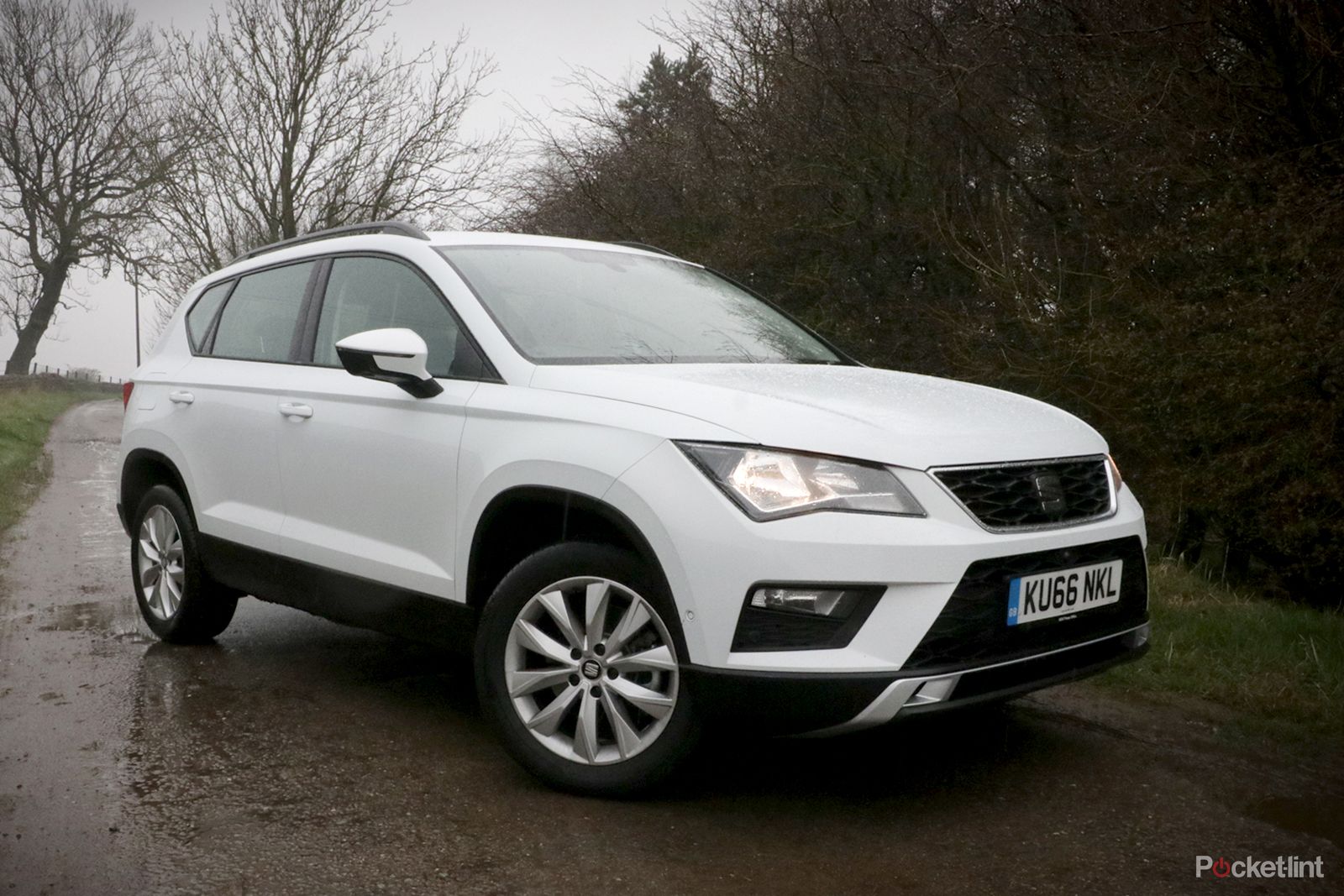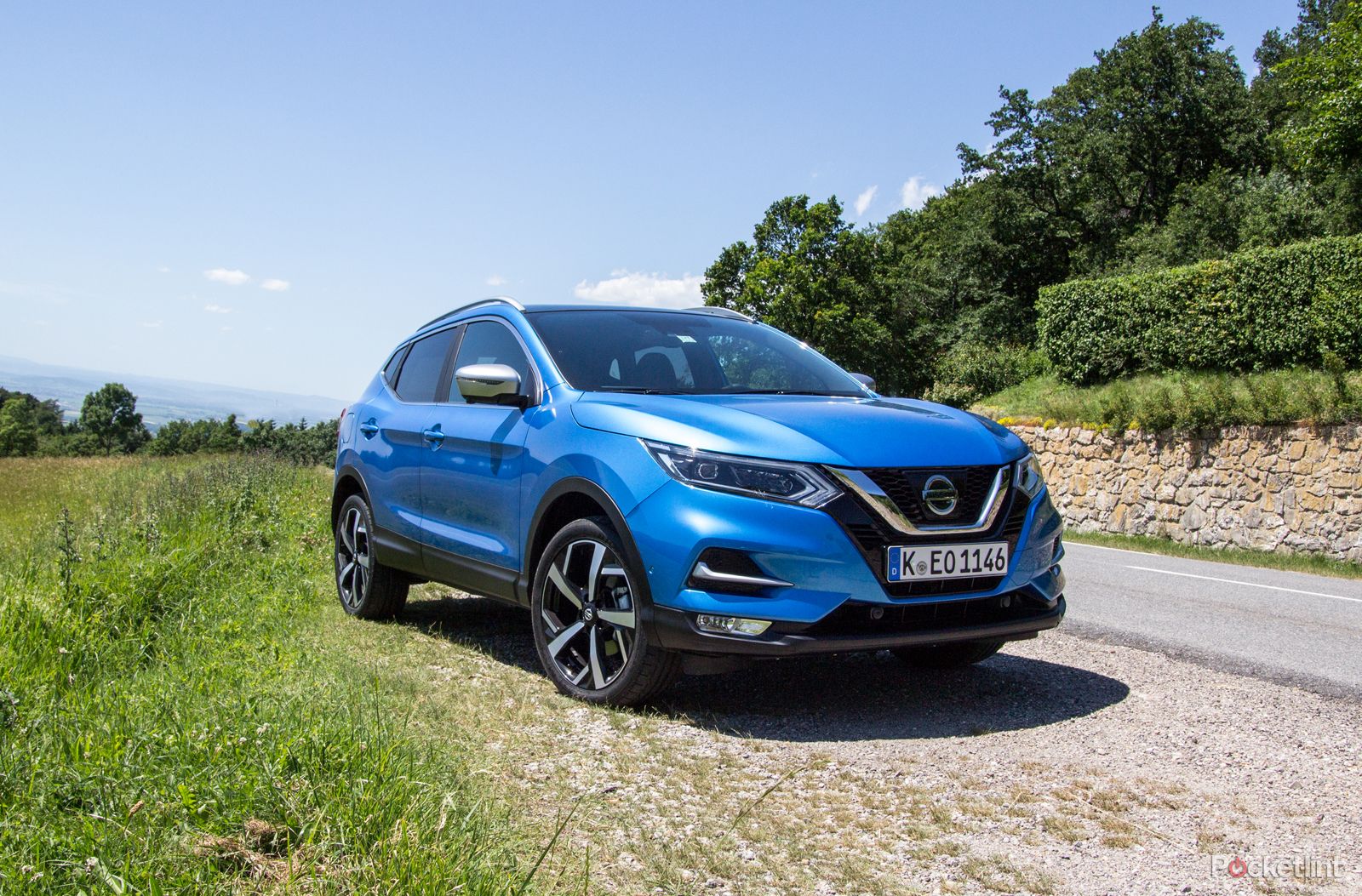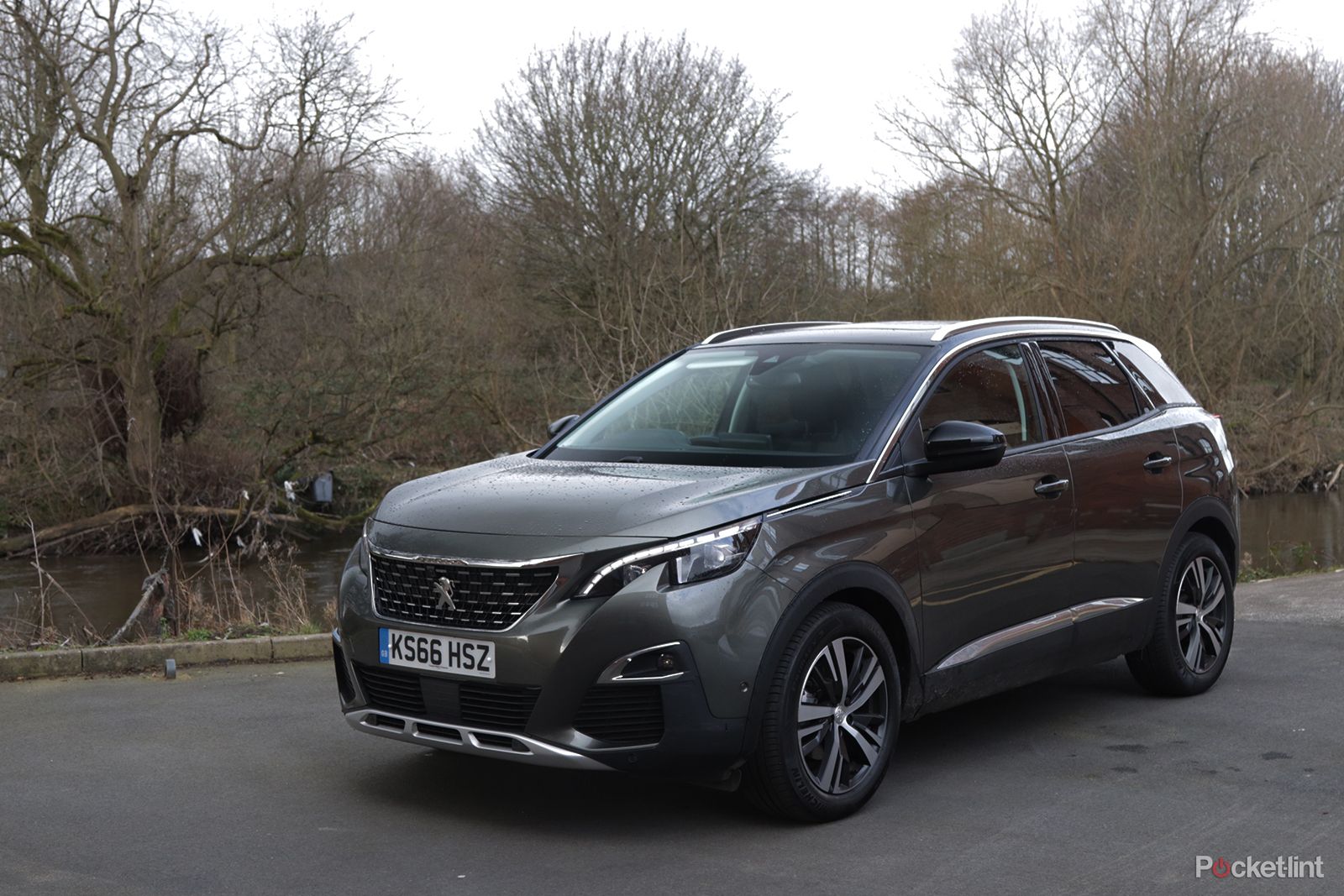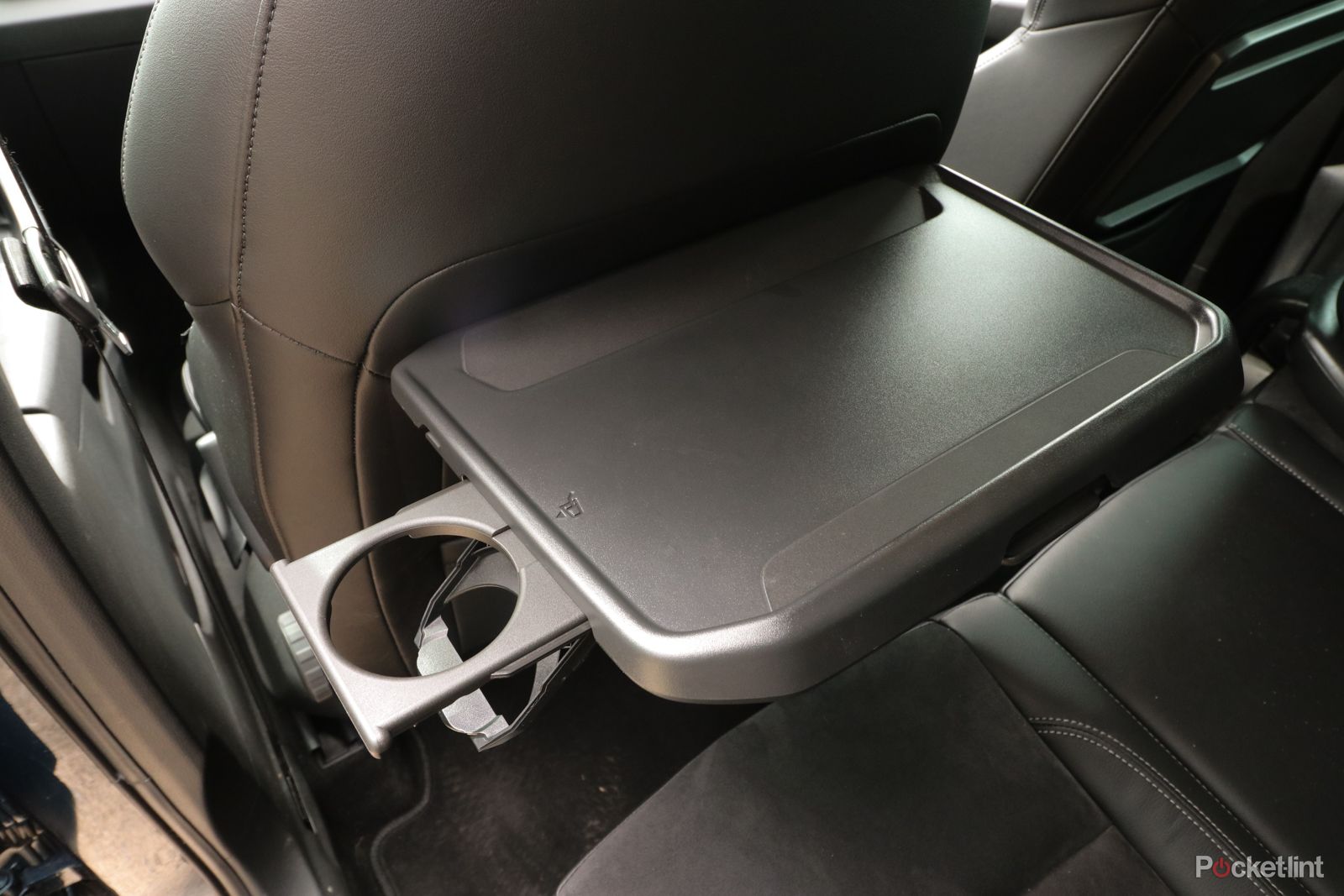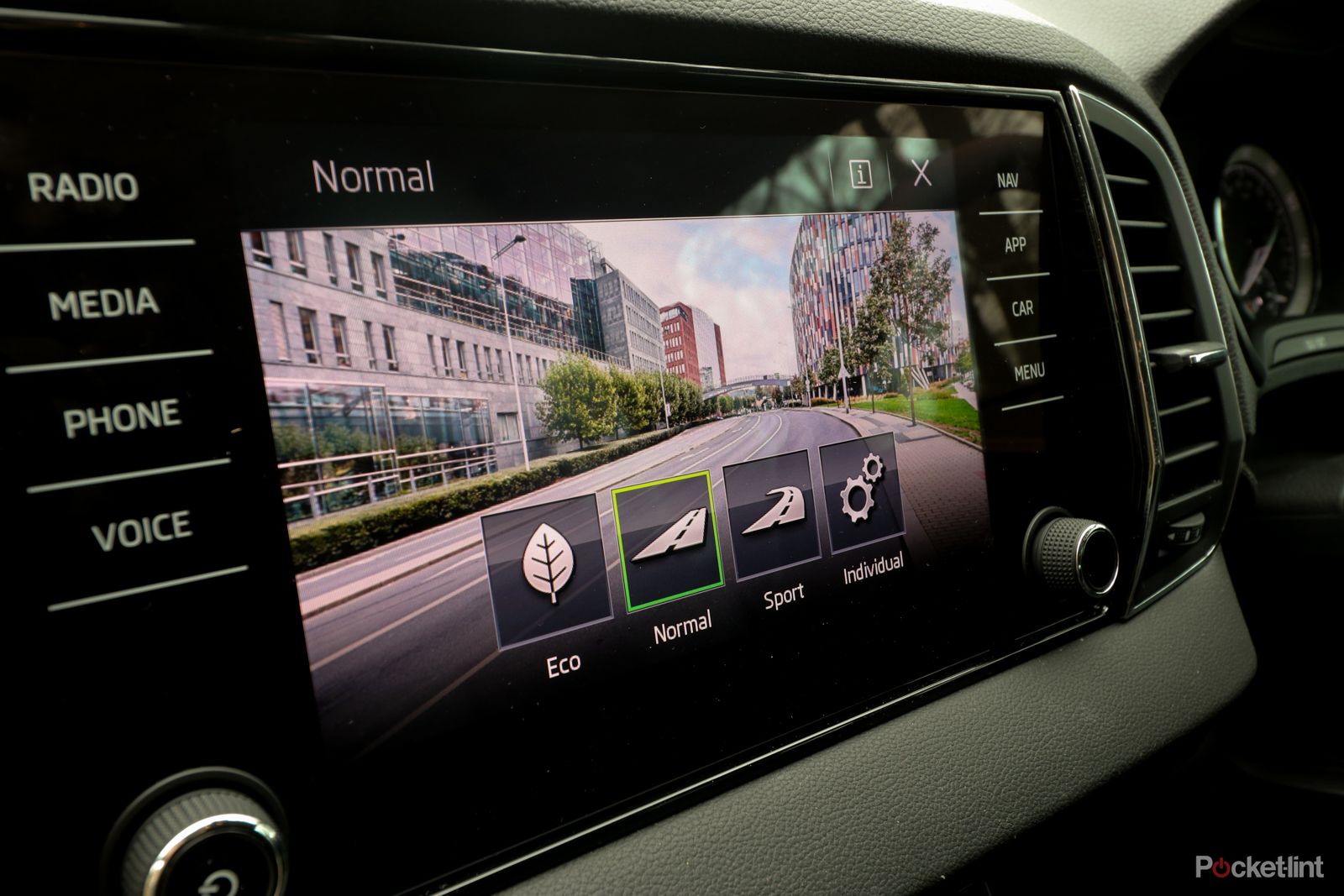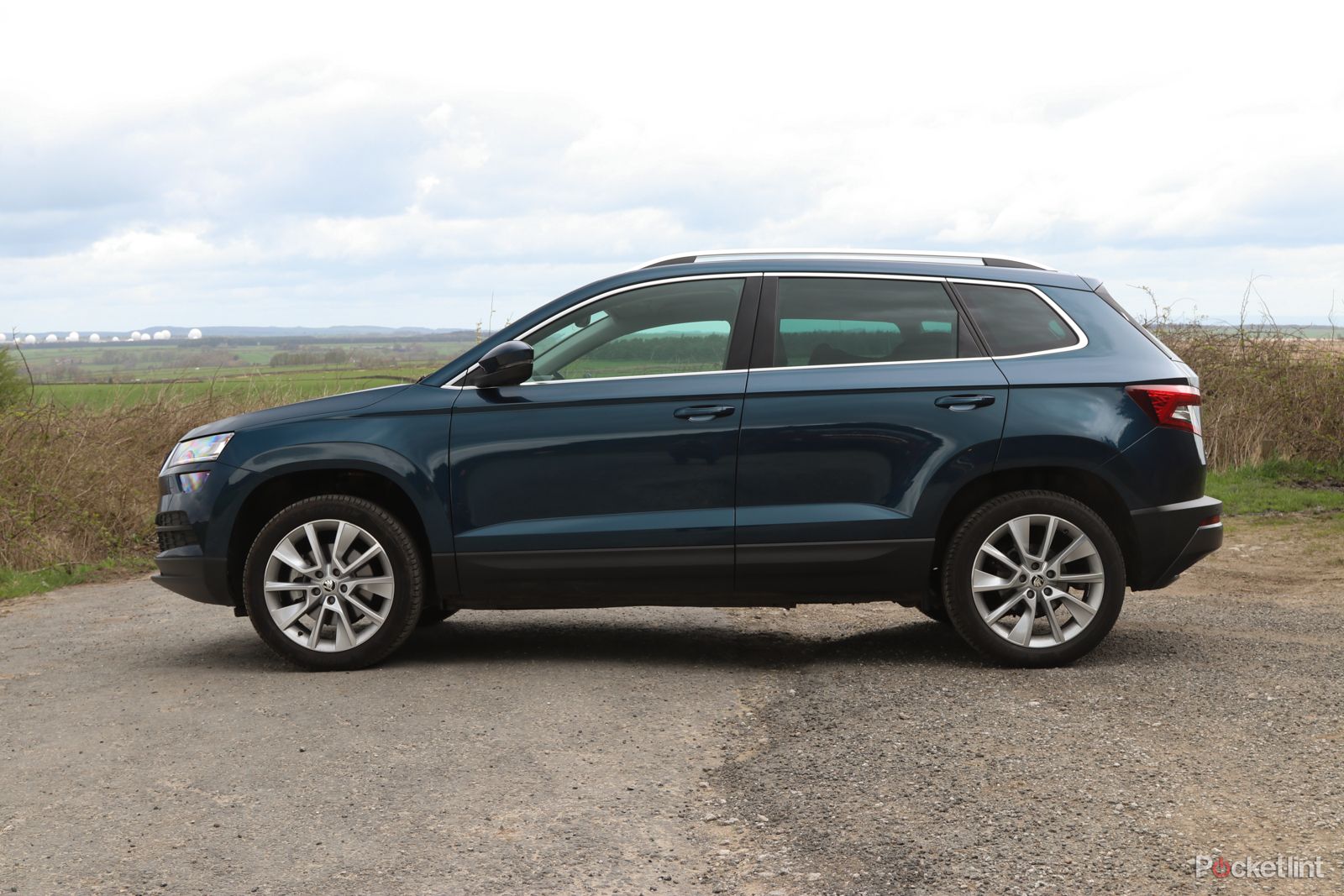This is the Skoda Karoq, which, as the little brother to the 7-seat Skoda Kodiaq SUV, joins the ranks to replace the Skoda Yeti.
Our quick take
The Karoq is a car that feels like it's been designed to meet the exact needs of what small SUV buyers are looking for. It doesn't look odd, it drives nicely and it's been designed – particularly on the inside – to make your life easier.
If you find other cars' interfaces overly complex, if you've got a family with loads of stuff to lump around, or if you practically live in your car and need loads of space to cram in day-to-day things, then a Karoq will have most of the answers you seek. It's reasonable value, it's techy without being feature-bloated, and it's an easy and refined place to spend the miles. We find it hard to fault in nearly every way.
Our complaints are small – and concern its character. Beyond those "simply clever" practicality features, the Karoq is not a particularly memorable car, to either look at or drive. It's neither a particularly strong statement of choice or particularly different to other cars you can buy in this sector. In that way, it's the antithesis of the car it replaces, the Yeti – which was a bold and unique choice.
But if such character and image aspects don't bother you, then the Karoq has the makings of a class leader. We prefer the way the Seat Ateca drives, but the Karoq punches back with a more intelligent interior layout, more of a premium feel, and (in general) by being better and more logically equipped.
Ultimately, the Karoq is another "simply clever" Skoda; the smart-thinker's choice among a group of talented products in the crowded small SUV market.
Alternatives to consider:
Seat Ateca
If you're looking at a Karoq you'd be crazy not to consider its cousin, the Ateca. Which you prefer will come down to your preference on looks, interior, drive and equipment. For us the Skoda has the better interior and specifications, while the Ateca takes it on looks and driving.
Read the full article: Seat Ateca review
Nissan Qashqai
The best-selling Qashqai is the Karoq's biggest rival in the market. It looks a little sportier and more aggressive, while high-specification models now come with more tech and driver-assistance systems, in the form of Nissan's ProPilot. However, the Skoda has more space, a nicer interior and a better range of engines and gearboxes.
Read the full article : Nissan Qashqai review
Peugeot 3008
If you're looking for something a little more stand-out-from-the-crowd and with a certain wow-factor, then the 3008 has got it in spades. It's spacious and well-equipped like the Skoda, and the design is much more interesting. However, it's less well resolved, harder to live with and doesn't drive as well.
Read the article: Peugeot 3008
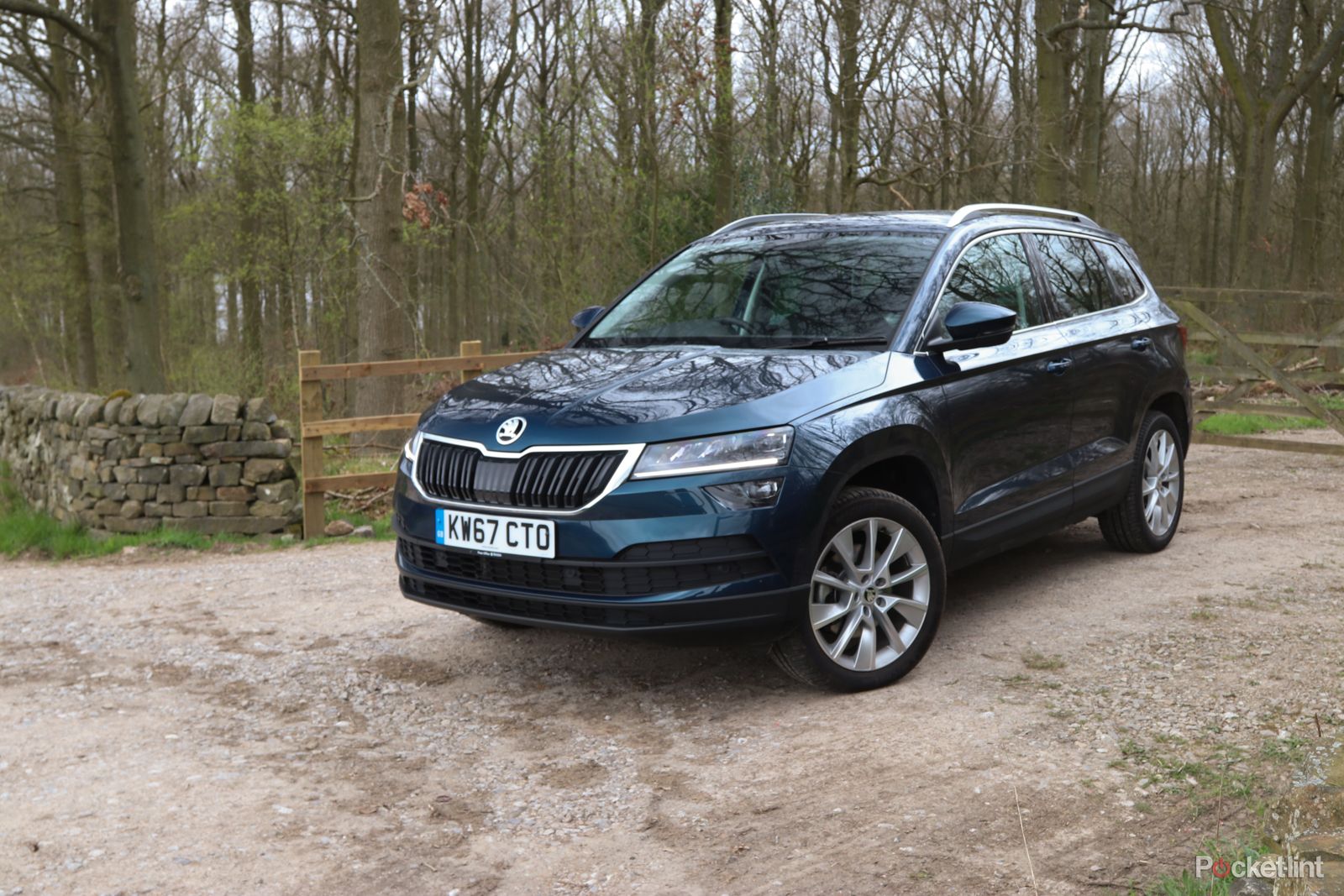
Skoda Karoq - 4.5 / 5
| FOR | AGAINST |
|---|---|
|
|
There will be a few people who mourn the passing of Skoda's small crossover, because the Yeti was distinctive, compact, space-efficient and clever. And it was that rarest thing in the giant sea of the VW group empire: a car for which there was no comparable Volkswagen, Audi or Seat. It was a true Skoda.
Can the Karoq do justice as the Yeti's replacement?
Family values
The Karoq is the latest vehicle to be built on the so-called MQB platform, as used by the Skoda, Seat, Audi and Volkswagen world of cars. That's the kit of parts which underpins everything from a VW Polo to a Skoda Octavia.
So if you're looking at the Karoq thinking there's a whiff of something you've seen before, you'd be right: it shares much of its style with the bigger Kodiaq and is the cousin to the Seat Ateca and Volkswagen Tiguan. At a quick glance, the Karoq could almost be seen as the twin of the Spanish car.
The Karoq is less distinct than the Yeti, though. Some might even argue it looks a bit forgettable. Nonetheless, it's a car that's set to sell in bigger numbers and will appeal to more people than the car it replaces. It's physically larger than the Yeti, giving it a much more generous interior and a much larger boot space – which will go down well with family buyers.
But compared to the Yeti, the Karoq is also likely to be a bigger winner with buyers, because of how people will perceive what it is. It shouts SUV the minute you look at it – with its tall stance, slightly blown wheel-arches and chunky lower body cladding. Whereas the Yeti just looked like an unusual, slightly high-riding car. We liked it, but most people probably wouldn't have classed the Yeti as a proper SUV. Today, it's that true SUV thing that buyers want.
Not giving up on clever
While it might look a little bland, and does away with the rugged utility vibes of the Yeti, the Karoq is still a firm follower of Skoda's tag-line: "simply clever". That phrase represents the company's commitment to make its cars more useful and usable in everyday life. It's why you'll find an ice scraper tucked in the filler flap of the Octavia and Rapid. And umbrellas hidden in the doors on the Superb.
The Karoq inherits a lot of the cleverness that marked out the Yeti as a wise buy for the practical and outdoor-minded. One of the big sells was the so-called Varioflex rear seats, which appear on the Karoq too (as standard from SE-L grade and above).
The system allows you to individually slide the seats forwards by up to 150mm and tilt the back-rests by up to 13-degrees. This allows you to vary the boot capacity from a decent 479 litres up to a truly sizeable 588. The seats fold and topple forward individually, and you can fold the middle unit down into a sort of picnic table. You can take the seats out altogether if you want, too, liberating a van-like load bay.
Essentially, Skoda has adopted the seating flexibility approach you'd hope to find in an MPV, but wrapped in an SUV body.
Space for all your stuff
The clever stuff doesn't stop there. The rear parcel shelf isn't a shelf, but a roll-up, clip-on blind that you can easily take out and stow in the boot floor. There are a pair of rails with multiple hooks in the boot, and the boot-light flips out to become a torch.
Then there's a net for holding stuff in. On the front seat backs, there are a pair of picnic tables, which have a 45-degree stop point, making them perfect tablet holders for your kids' iPads. And they're fitted with a pop-out drinks holder to keep your Dunkin' Donuts mega bucket coffee safe from spills, too.
The door pockets hold a chunky water bottle each (two in the case of the front doors) and there's a lidded bin in the dash top. There are nodules designed into the bottom of the cup holders, which mean it's possible to unscrew the lid of a bottle with one-hand. Which is err, handy, if you're frequently on the move alone and have a Coca-Cola habit.
Our favourite feature is the multi-function centre armrest unit, which slides forward to create a massive lidded bin, but when retracted gives you both an ample elbow-rest but also reveals a unit which will stow your keys, credit cards, coins (and a further two bottles).
Not only is there space for your stuff, there's also decent space for you, your kids, your friends, your parents or whoever else you decide to bring with you. You'll often hear nay-sayers criticise SUVs for lacking the space of an equivalent estate car. But the Karoq bucks the trend. Compared to the Skoda Octavia estate that we run as a family wagon, the Karoq's boot is slightly smaller, but we found this interior easier to use and generally a better place to be for our family of four. You can't really heap more praise on it than that.
Integrated tech that's easy to use
Skoda introduced a new suite of touchscreens on the Kodiaq. The standard 8-inch unit is fitted in the Karoq and generally it's an easy to use solution. Resolution is reasonable (at 1280 x 640 pixels), the colours are vivid and strongly contrasting, too, with Skoda's signature acid green a useful highlighter in the case of guiding your hand and eyes.
Touch-based shortcuts down the side of the screen look slick but are slightly harder to use on the move than the old physical buttons, but physical knobs remain for volume control and map zooming/track selection.
Menus are easy to navigate, you're able to save a bank of radio pre-set favourites and call contacts, and the navigation system works well... but if you need to enter a postcode there's a slightly laborious input process which requires four or five screen stabs before you even get to the postcode entry point.
The Karoq's instrument cluster is clear – Skoda's distinctive and slightly stylised analogue dials are nonetheless pretty easy to read, and supplemented by a small colour digital display in the centre, through which you can pull up pretty much any car data or fiddle with settings as you please. A fully digital cluster is available optionally, or on top-spec models. Based on our experience with the similar system in other VW group products, our preference would be stay analogue for the dials, if you like to keep your life easy and avoid visual distractions.
The Karoq's not the most over-loaded car in technology terms – our upper spec SE-L model came with a front assist emergency braking system, a reverse camera, parking sensors front and rear, heated seats and an in-car Wi-Fi hotspot. But notably no lane keep assist, cross-traffic alert, radar-guided cruise control or a powered boot. All of which are available on the options list and top-of-the-range Edition models.
Skoda Karoq – what spec to choose?
In terms of which model you should go for, the range runs as so: there's an entry-level SE; then SE Technology (the clue's in the name there); SE L; finishing with the top-spec Edition. Expect there to be more additions over time, but for now you should likely choose between an SE Technology and SE L model.
Prices start from £20,880 for an SE with the 1.0 TSi engine, which has 17-inch alloys, cruise control and rear parking sensors. SE Technology adds adaptive cruise control and the 8-inch touchscreen with Nav. SE L takes away the adaptive cruise, but adds a rear view camera, bigger alloys, part leather heated seats, keyless entry and the Varioflex seating system. Edition models come with a panoramic roof, leather seats, 19-inch alloys and a larger, fully-touch 9.2-inch interface with gesture control.
We'd choose an SE L, partly just to get the rear seat system and partly because the keyless entry system is a boon. It's annoying that there are no sensors on the rear doors though (as with so many cars) so you'll need to touch a front handle first to unlock the car.
A Karoq SE L 1.5 TSi petrol costs £24,520, representing a £2290 price hike over an SE Technology spec model. Our car also featured a wireless charging phone box at the base of the centre stack, which worked quite well – but is a £300 option. Karoqs feature Skoda's App connection feature as standard, meaning you can run Apple CarPlay and Android Auto, although not, we hasten to add, the wireless forms of these apps, which in the case of Apple CarPlay has begun to appear in some competitors.
A wide range of engines with some obvious choices
Our review car came with Skoda's new 1.5 TSi (turbo petrol) engine, which produces 150bhp. We've sampled this engine in two other products now and feel that it's the default choice in most of Skoda's mid-sized products (and VW's and Seat's, for that matter). For a start, it's startlingly quiet. When it's running and you're in the car at idle, you can hardly tell it's switched on. It's smooth too, and feels very linear – which means you don't need to rev it past certain key points to find the power.
This version seemed not to want to rev right to its red line, but we'll assume that's just because it was a bit new and tight – these engines do tend to loosen up with miles. The 1.5 also has a cylinder deactivation mode, which means in certain conditions (when you're not accelerating) it kicks out two cylinders to save on fuel.
Overall the Karoq gave us a 35mpg average, but given our miles were mostly in and around town, that seems quite reasonable. Over 40mpg should be quite easily achievable in motorway and country driving.
With this 1.5 engine, the Karoq is a sprightly enough performer. So much so that if you don't regular carry heavy loads and venture out of town, you might find you'd be happy with the entry level 1.0 TSi petrol. Its tiny capacity and three-cylinder configuration sound like they wouldn't be enough for an SUV, but 115bhp is reasonable enough. There are 1.6 and 2.0 TDi diesels too, and if you fancy four-wheel-drive, you'll need to choose one of these.
You'll find a greater engine range in the Seat Ateca or VW Tiguan – but we'd be surprised if you couldn't find something to suit you in the Skoda's four-engine range. All engines are available with a 6-speed manuals and 7-speed DSG auto gearboxes.
Overall the Karoq drives well, but it lacks the fun factor of the Seat Ateca. The rub of that statement is that the Skoda is setup for comfort. The ride is good, the seats are nice and it's an easy place to while away the miles. But it rolls quite a lot in corners and doesn't quite lift your spirits in the same way as the Ateca can, if you attack a series of bends. We suspect that most people won't care about that and will find the Karoq a perfectly pleasant car to drive.
To recap
Although it lacks the character of the Yeti it replaces, the Karoq is built to provide exactly what SUV buyers want. It doesn't drive as well as a Seat Ateca, but in almost every other way it's a winner. We love the 'simply clever' practicality, the easy-to-use tech interface, and the spacious and well-appointed interior. If you can get over its non-looks, the Koroq is the thinking person's small SUV.

